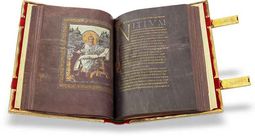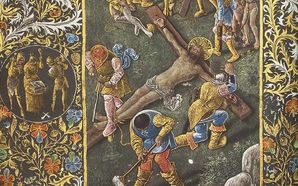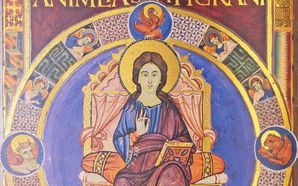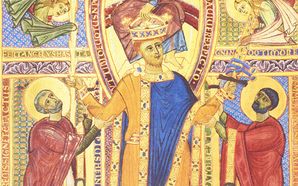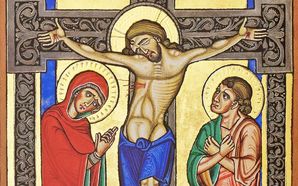Purple Manuscripts
Purple manuscripts are rare among the illuminated manuscripts due to the enormous costs and difficulties associated with the extraction of the dye: 10,000 sea snails yield only one gram of purple color crystals. In ancient Rome, purple manuscripts were popular commissioned works of the emperors. After the decline of Rome and the West, the tradition initially remained alive in Byzantium. From there, the Byzantine illuminators whom Charlemagne had appointed to his court likely reintroduced the artistic process to the Latin West, where the tradition blossomed again from the 8th century onward.
Purple manuscripts were created in Carolingian, Ottonian, and Romanesque styles until the 12th century. The purple parchment sheets proved to be a particularly effective background for lettering and miniatures in gold and silver ink, and the bright, luminous colors of the paintings also contrasted excellently with the purple. Since the cost of the dye was very high, the Kaiser was practically the only person who could afford the luxury of purple manuscripts and only the most talented book artists were commissioned to process the precious material. Purple manuscripts are therefore always of the highest quality and are among the most valuable and beautiful specimens of medieval book art. During the Italian Quattrocento, there was renewed interest in the old tradition that, enriched with the innovations in Renaissance painting, now experienced a final bloom of purple splendor.
Demonstration of a Sample Page
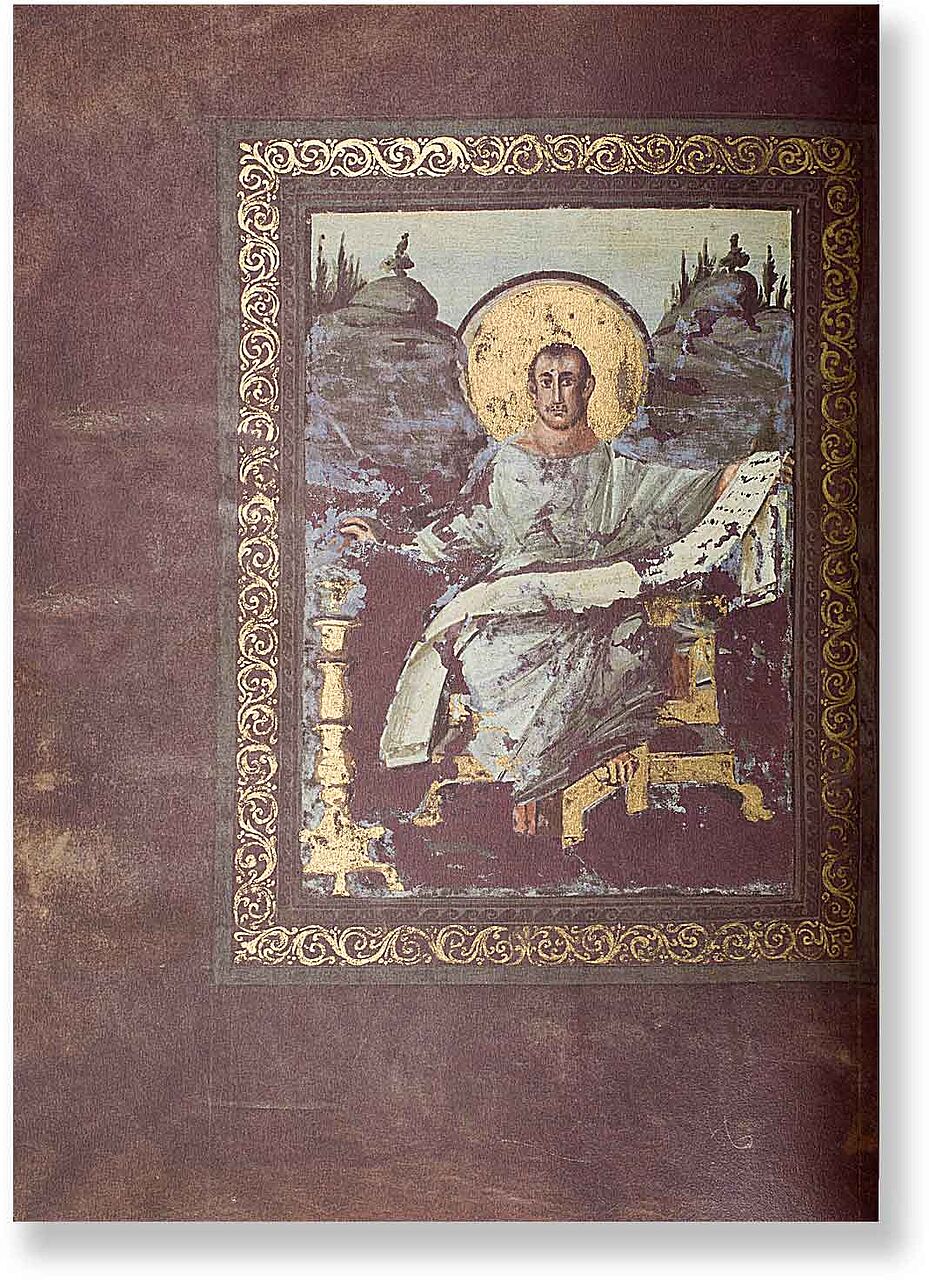
Coronation Gospels of the Holy Roman Empire
Portrait of Mark the Evangelist
Part of one of the most opulent manuscripts ever created – commissioned for the coronation of the Emperor Charlemagne on Christmas Day, AD 800 – this fantastic Evangelist portrait of St. Mark holding a scroll was the work of a team of Byzantine artists specifically imported for the task. A classical style was chosen as a declaration of Charlemagne’s claim to be the inheritor of the Western Roman Imperium.
Dyed with imperial purple, the parchment enabled the artists to use a palette of light colors to create images with delicate shading and a natural fall of folds. Furthermore, the generous use of gold leaf throughout reinforces the political importance of this codex, upon which every medieval German monarch swore his oaths of office.

